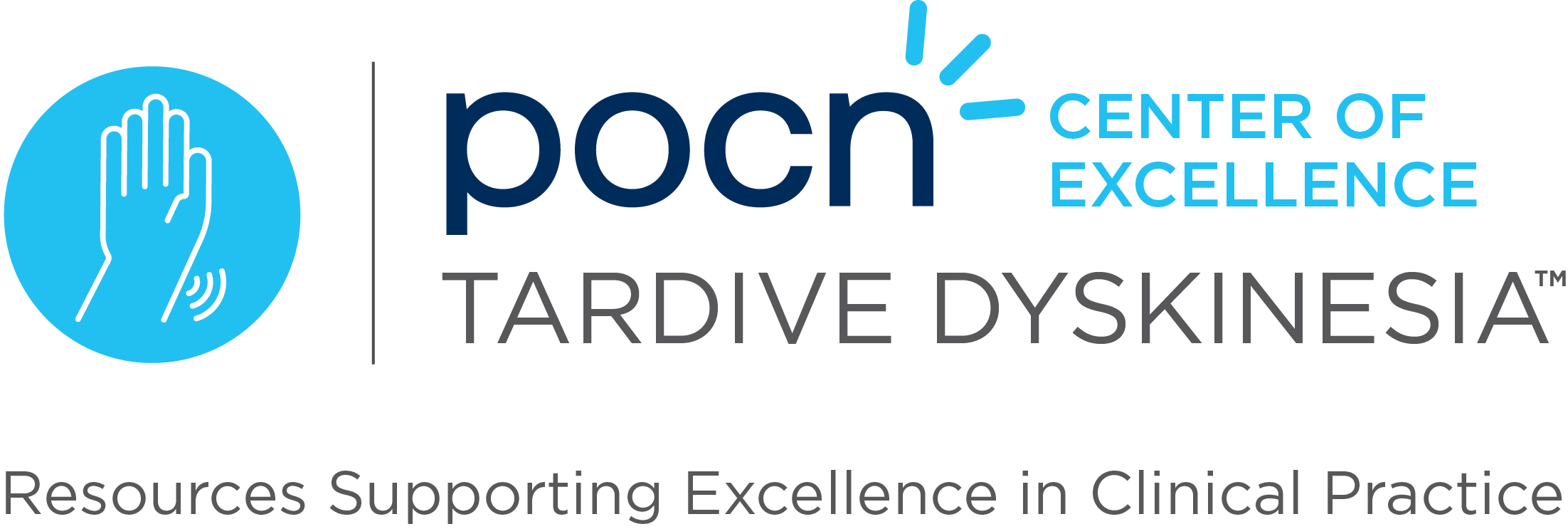Tardive dyskinesia (TD) is a movement disorder caused by long-term use of dopamine receptor-blocking agents, especially antipsychotics. Early diagnosis is critical, as the risk of the disorder becoming permanent increases over time. Second-generation antipsychotics are preferred over first-generation ones due to their lower TD risk. Regular monitoring using the Abnormal Involuntary Movement Scale (AIMS) is recommended to detect and manage TD, especially for high-risk patients. Two vesicular monoamine transporter-2 (VMAT2) inhibitors, deutetrabenazine and valbenazine, are FDA-approved treatments for moderate-to-severe TD.
Managing TD involves balancing the necessity of treating underlying psychiatric conditions with minimizing movement disorder risks. Regular AIMS assessments help track TD progression and guide treatment decisions. Clinicians should educate patients and caregivers about the risks, early signs, and treatment options for TD. For those with moderate-to-severe symptoms, VMAT2 inhibitors have been shown to effectively reduce involuntary movements with manageable side effects. Establishing clear treatment goals and expectations is essential for improving both patient outcomes and quality of life.
Reference: Correll CU, Citrome L. Measurement-based Diagnosis and Treatment for Tardive Dyskinesia. J Clin Psychiatry. 2021;82(5):NU20016AH2C. doi: 10.4088/JCP.NU20016AH2C.


